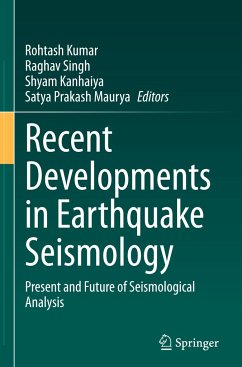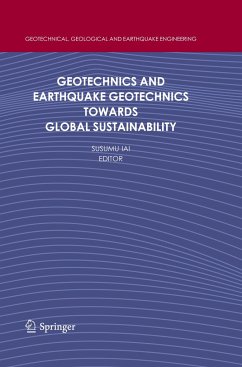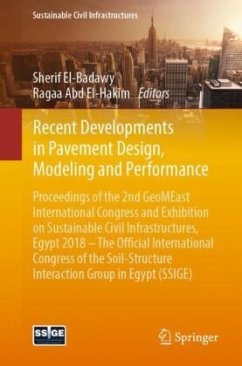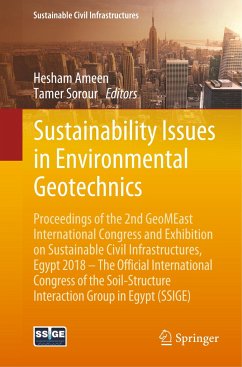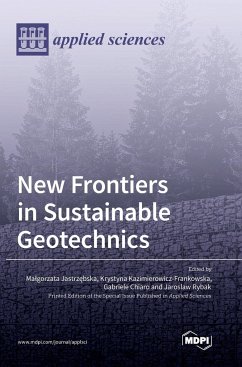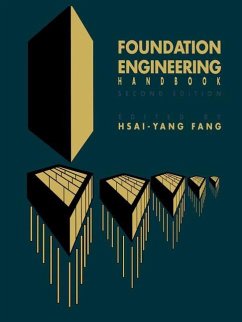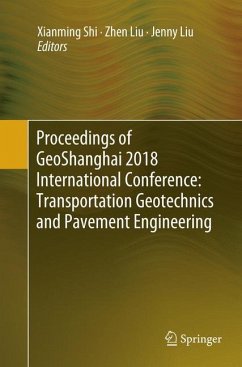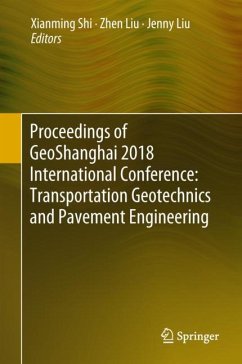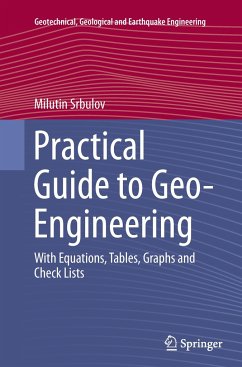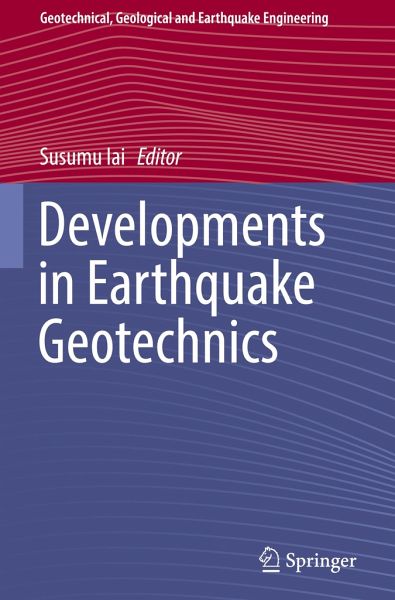
Developments in Earthquake Geotechnics

PAYBACK Punkte
57 °P sammeln!
This book provides a timely review and summary of the recent advances in state-of-the-art earthquake geotechnics. The earthquake disasters in Japan and New Zealand in 2011 prompted the urgent need for the state-of-the-art earthquake geotechnics to be put into practice for disaster mitigation. By reviewing the developments in earthquake geotechnics over more than half a century, this unique book enables readers to obtain solid grasp of this discipline.It is based on contributions from 18 leading international experts, who met in Kyoto in June 2016 to discuss a range of issues related to the dev...
This book provides a timely review and summary of the recent advances in state-of-the-art earthquake geotechnics. The earthquake disasters in Japan and New Zealand in 2011 prompted the urgent need for the state-of-the-art earthquake geotechnics to be put into practice for disaster mitigation. By reviewing the developments in earthquake geotechnics over more than half a century, this unique book enables readers to obtain solid grasp of this discipline.
It is based on contributions from 18 leading international experts, who met in Kyoto in June 2016 to discuss a range of issues related to the developments of earthquake geotechnics. It comprehensively discusses various areas of earthquake geotechnics, including performance-based seismic design; the evolution of geotechnical seismic response analysis from 1964-2015; countermeasures against liquefaction; solutions for nuclear power plant disasters; the tsunami-caused inundation of the Tokyo metropolitan area; and a series of state-of-the-art effective stress analyses of case histories from the 2011 East Japan Earthquake.
The book is of interest to advanced level researchers and practicing engineers in the field of earthquake geotechnics.
It is based on contributions from 18 leading international experts, who met in Kyoto in June 2016 to discuss a range of issues related to the developments of earthquake geotechnics. It comprehensively discusses various areas of earthquake geotechnics, including performance-based seismic design; the evolution of geotechnical seismic response analysis from 1964-2015; countermeasures against liquefaction; solutions for nuclear power plant disasters; the tsunami-caused inundation of the Tokyo metropolitan area; and a series of state-of-the-art effective stress analyses of case histories from the 2011 East Japan Earthquake.
The book is of interest to advanced level researchers and practicing engineers in the field of earthquake geotechnics.




